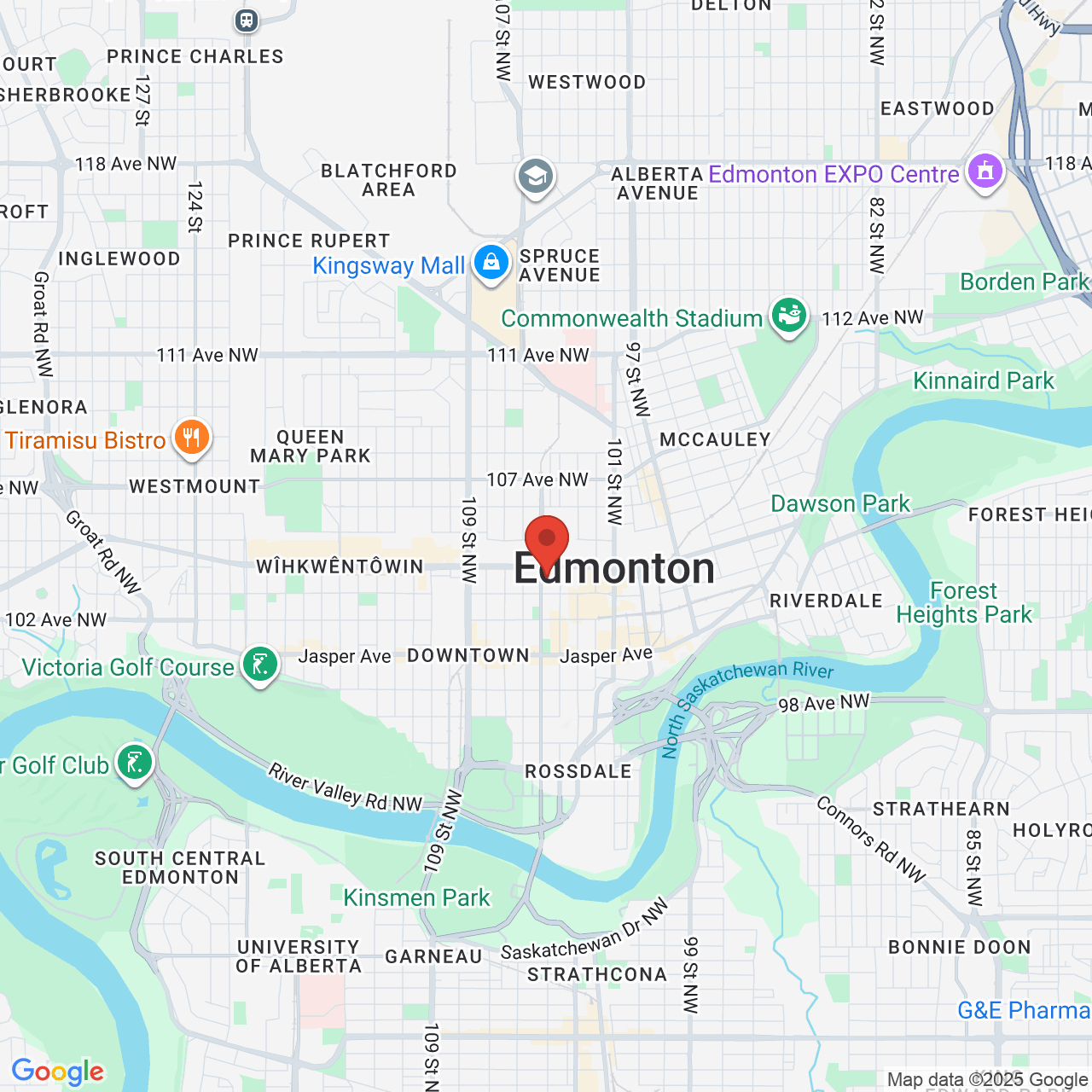Treatment for Hyperdontia, or Extra Teeth
 At the cosmetic, implant, and family dentistry practice of Dr. Nathaniel Podilsky, we offer a comprehensive range of general dentistry treatments designed to improve and maintain the oral health of our patients. This includes both Invisalign® clear aligners and traditional orthodontics for patients who wish to correct misalignment and bite issues. Dr. Leah Stempfle provides orthodontic treatments of the highest standard to our valued patients, helping them achieve uniform, straight, healthy smiles of which they can be proud for a lifetime.
At the cosmetic, implant, and family dentistry practice of Dr. Nathaniel Podilsky, we offer a comprehensive range of general dentistry treatments designed to improve and maintain the oral health of our patients. This includes both Invisalign® clear aligners and traditional orthodontics for patients who wish to correct misalignment and bite issues. Dr. Leah Stempfle provides orthodontic treatments of the highest standard to our valued patients, helping them achieve uniform, straight, healthy smiles of which they can be proud for a lifetime.
Among the orthodontic problems we treat at our practice are hyperdontia, the clinical term for extra teeth that can develop anywhere in the mouth. We are pleased to offer expert diagnosis of and treatment for hyperdontia at our Edmonton, AB dental practice. Most people who have hyperdontia are unaware that they have the condition until it is diagnosed during a thorough oral exam. Therefore, we encourage you to schedule your oral exam at our cosmetic, implant, and family dentistry practice today.
What Causes Hyperdontia?
The average person has 20 primary, or “baby,” teeth. These teeth are then replaced with 32 permanent, or “adult,” teeth. If a person has any more than these numbers of teeth, they are considered supernumerary. Most people who have supernumerary teeth develop them along with their primary teeth. Generally, people with hyperdontia develop one or two supernumerary teeth, and these teeth usually do not erupt, which is why they are unaware they have the condition. However, cases of up to 20 supernumerary teeth have been reported.
The exact causes of hyperdontia are unknown, though genetics are believed to play a part. People at heightened risk for hyperdontia include those who:
- Are male
- Have Ehler-Danlos syndrome
- Have Gardner syndrome
- Are born with Down syndrome
- Are born with cleft lip
- Are Chinese
- Are South American
How Is Hyperdontia Treated?
In many cases, hyperdontia does not require treatment. For example, if Dr. Stempfle identifies a single supernumerary tooth that is not causing any oral health problems whatsoever, and is highly unlikely to cause any oral health problems in the future, there may be more risks involved with removing it than with leaving it in place. However, she may elect to treat the issue if the supernumerary tooth or teeth:
- Are affecting the bite
- Have become impacted
- Are preventing other teeth from erupting properly
- Have fused with primary teeth
- Are increasing the risk of periodontal disease, tooth decay, or infection
- Have caused tumors or cysts to form
Depending on the state of the supernumerary tooth or teeth, Dr. Stempfle may recommend either orthodontic treatment or surgical extraction. She always recommends the most conservative treatment that is likely to produce the best possible results given the unique circumstances presented by the patient.
Learn More about Treatment for Hyperdontia
If you would like to learn more about treatment for hyperdontia, or you wish to schedule your thorough oral examination, we encourage you to contact the cosmetic, implant, and family dentistry practice of Dr. Nathaniel Podilsky today.


